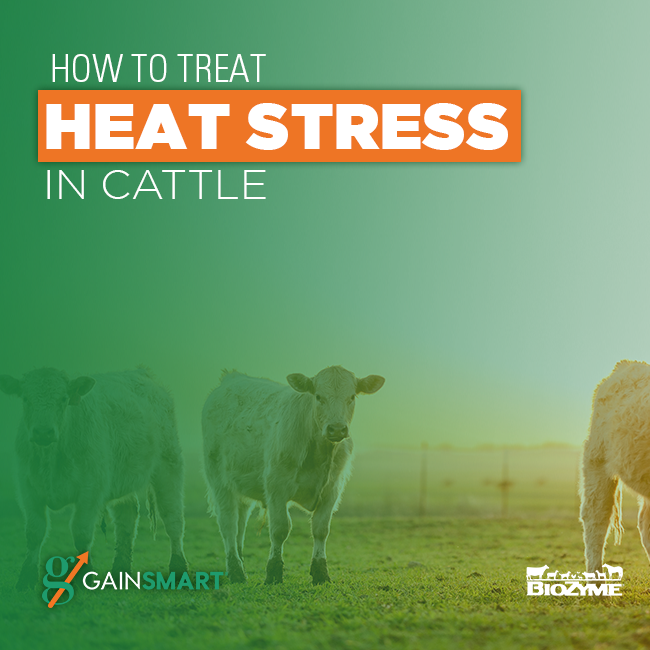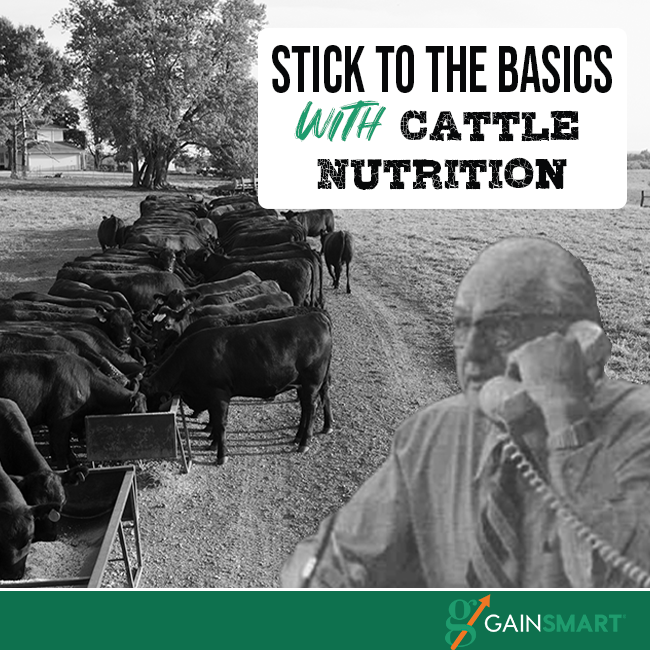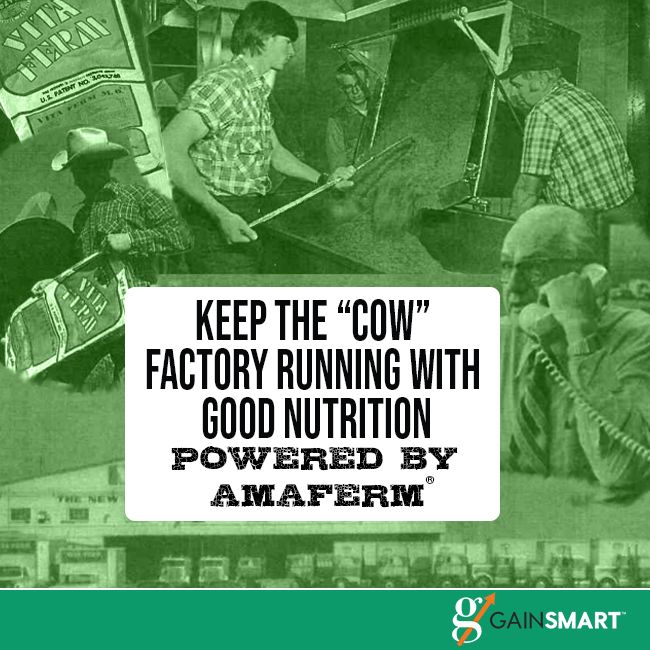Know What You've Got

Our staff of nutritionists are ready to assist with the challenges you may be encountering within your operation due to drought. We will work with you to determine the nutritional content of your forages and develop a feeding program that cost effectively achieves your performance goals.
Contact Our Nutritionist
Stretch What You Have

Amaferm® is the key ingredient in our product lines and is a natural prebiotic that maximizes the nutritional value of feed. It delivers more microbial protein and energy to the animal through increased digestibility thus allowing the animal to utilize more of what they are currently consuming and improve performance without additional inputs.
View Our Products
Get More of What You Need

Whether you need help locating hay from another source or testing the hay you have, our team is here to help! Our Area Sales Managers are more than just sales people - they are cattleman themselves who know and understand your needs. Our mission is simply to help in whatever way possible.
Call Us Today!
A Guide to Heat Stress Treatment in Cattle
Heat Stress Treatment in Cattle Heat stress in cattle—it’s no joke. As spring gives way to warmer days and summer is on the horizon, temperatures are on the rise. Producers and backgrounders are going to have to think about both the prevention and treatment of heat stress in their operations. Although prevention is always preferred over treatment, the two often look fairly similar. One just happens to take place before the other is needed. Sometimes you are just too busy. Or the temperatures heat up unexpectedly, and heat stress treatment in cattle becomes your only option. That's why Gain Smart
...Read More

How to Treat Heat Stress in Cattle
Heat Stress in Cattle As cattle producers, when the temperature rises, you begin to feel the pressure of keeping the herd healthy and performing. The warmer it gets outside, the more your herd runs the risk of decreased performance, increased sickness and, ultimately, economic losses. Put yourself in the shoes of the stocker operator, this pressure is magnified as you try to keep calves performing through their prime growth period. Summer brings multiple challenges to cattle producers, including but not limited to insects and heat stress. At BioZyme®, we place a primary focus on animal well-being through the health and
...Read More

Stick to the Basics with Cattle Nutrition
Second in a Series based on 1980s Ads Featuring BioZyme® Founder “To get more out of this business than you put into it, stick to the basics.” Those were the wise words spoken by BioZyme® Inc. founder Larry Ehlert in a 1980s advertising series. As we start a new year, where everyone is thinking about resolutions and goals, many that come along with new trends and fads, his words seem simple: stick to the basics. Especially when it comes to managing cow herd nutrition, sticking to the basics will help your cattle perform and in turn, help your bottom line.
...Read More

Keep the “Cow” Factory Running with Good Nutrition Powered by Amaferm®
“This is one of the most efficient factories on earth. And we can help you keep it that way.” That quote isn’t about an auto manufacturing plant. Or even a widget factory. It is about something we are all more familiar with – the cow. Even back in the middle part of the 20th century, one visionary in the livestock business understood the importance of keeping the cow herd running efficiently with high-quality nutrition. “Most of the time, cattle do what Mother Nature designed them to do. They turn roughage and feedstuffs into meat and milk. And they do so
...Read More







